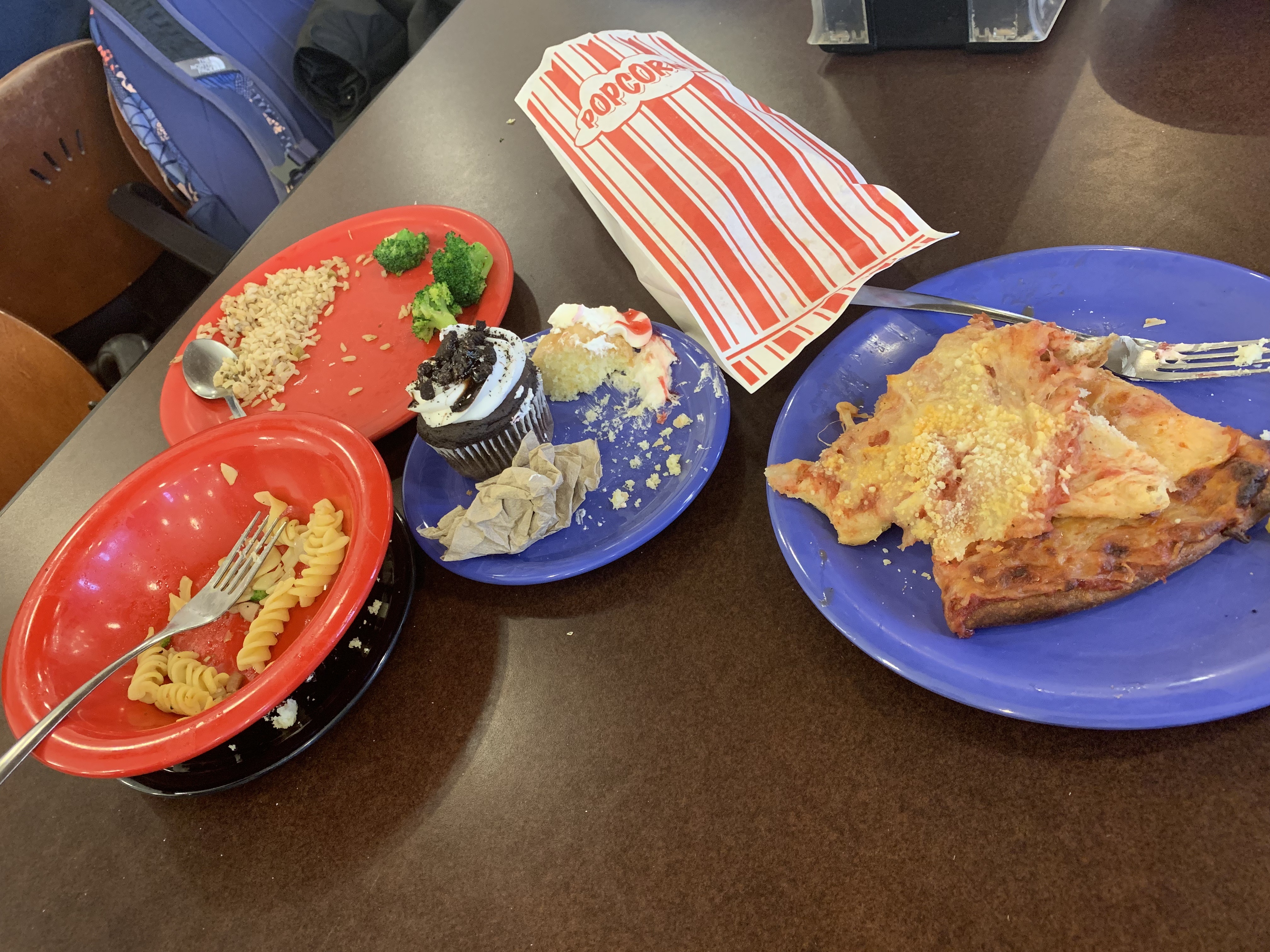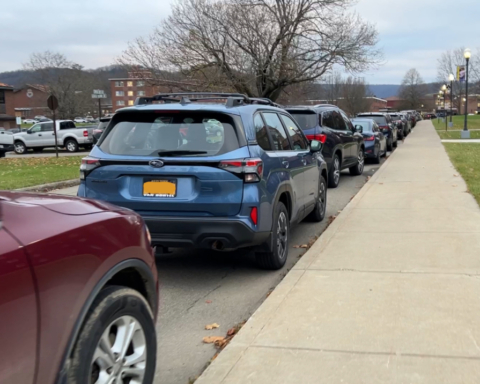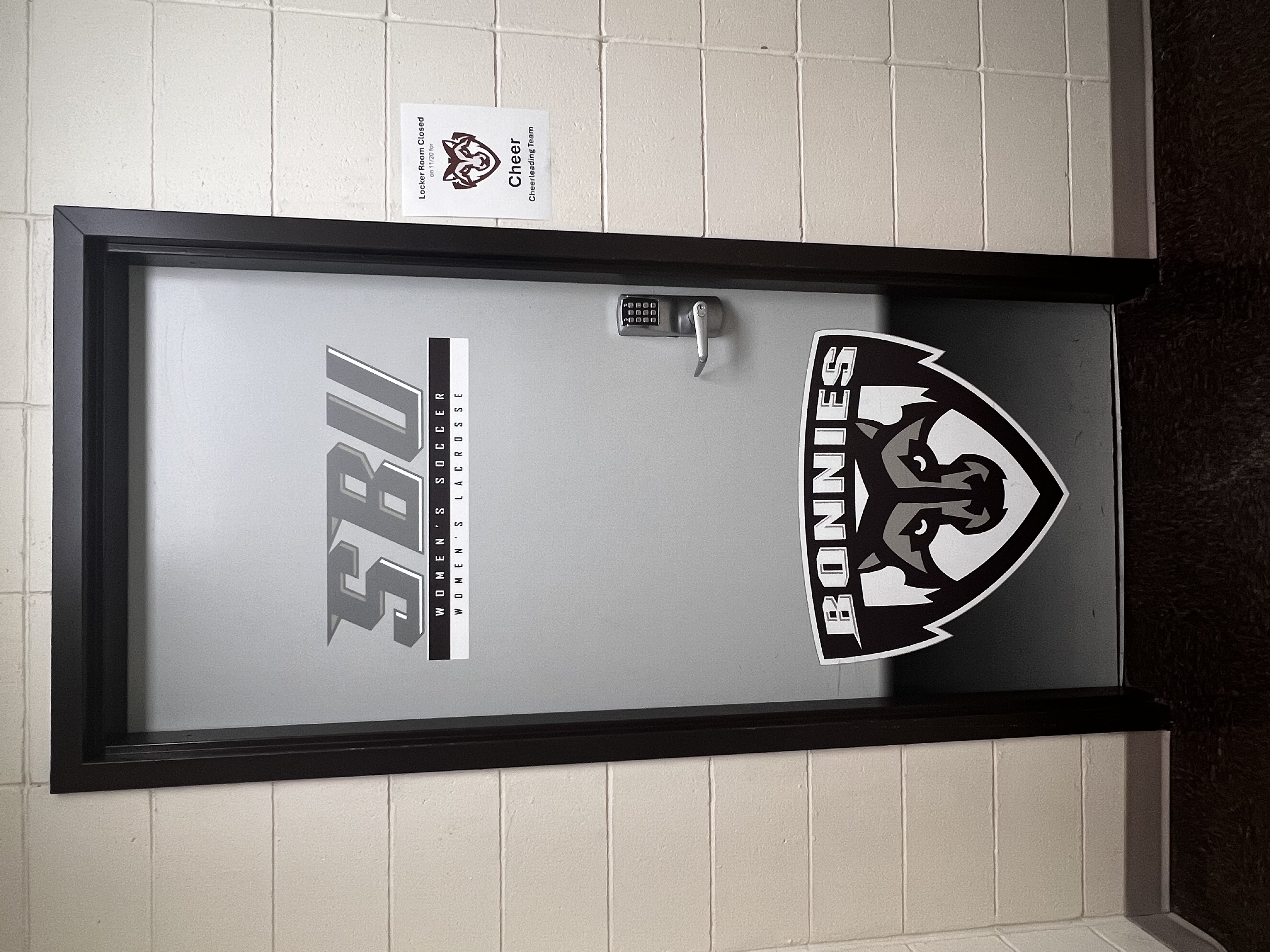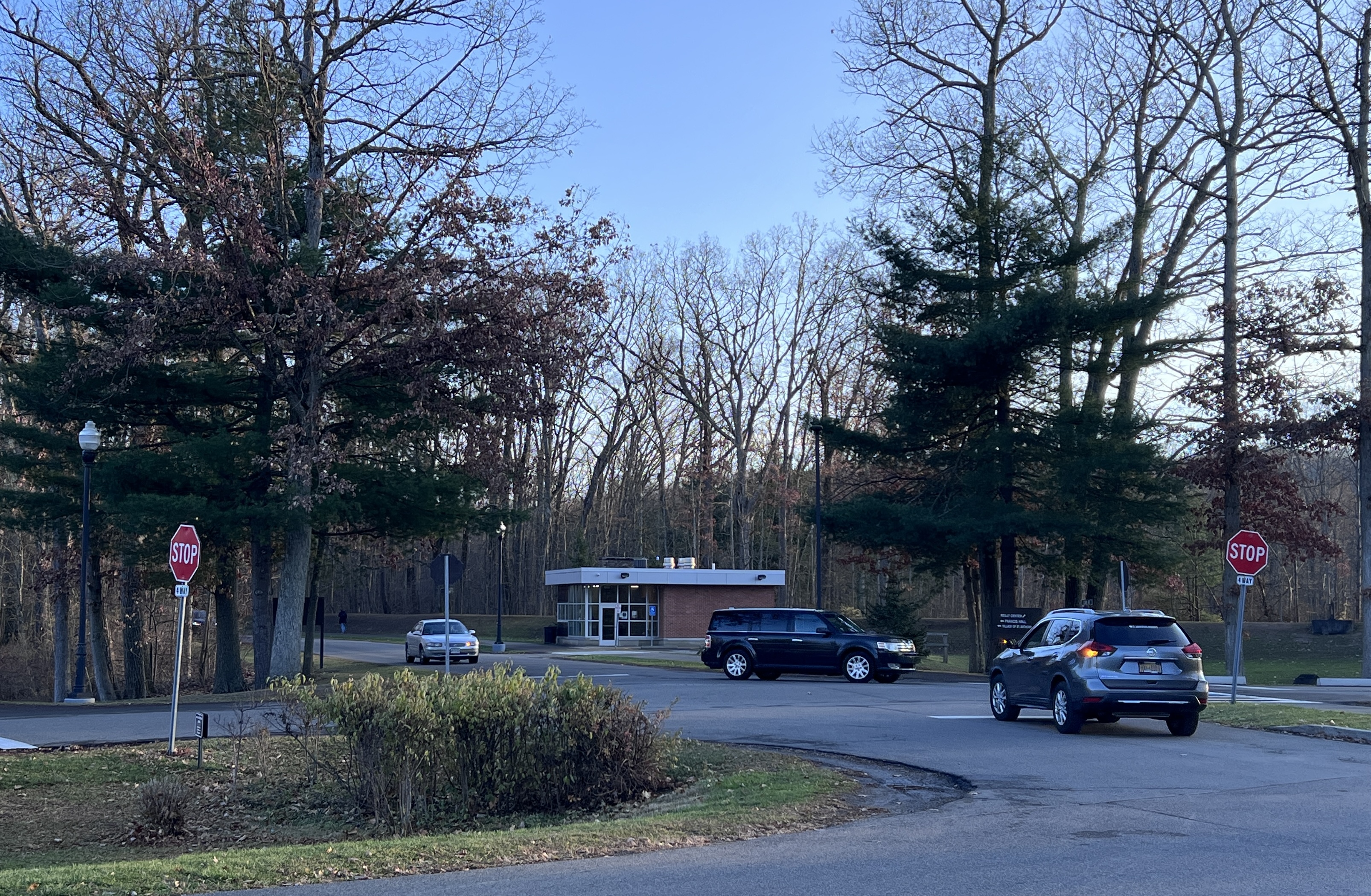Bonaventure produces thousands of pounds of waste yearly
Many students at St. Bonaventure do not realize how much food goes to waste weekly at their university. Victoria Cleary guessed that the waste averaged around 10 pounds per week, while Brady Nicosia thought the waste might be around 50 pounds per week. Sarah Dezio speculated that over 1,000 pounds of food waste were created at Bonaventure weekly.
The actual figure was shocking to students.
“On average in a week, through production and service we have approximately 294 pounds of waste,” said Nicole Clark, general manager for Aramark Food Services.
“I’m very shocked by that number. I did not think it would be that much, and I cannot picture that much food,” said Cleary, a freshman inclusive elementary education and early childhood education major.
Nicosia, a freshman biology major, said that he also found the volume of weekly waste shocking and alarming.
However, Dezio, a senior strategic communication major, said she was surprised that the number wasn’t higher. She said, “I think food waste is a huge issue everywhere, but especially here at Bonaventure.”
While Clark said that the average food waste per week totals around 294 pounds, she said that between March 17, 2018 and March 18, 2019, Aramark has recorded 15,288 pounds of waste at St. Bonaventure University. This waste comes from “food production, storage and service waste.”
If Aramark’s estimate of 294 pounds per week held true for the entirety of the school year, the total amount of waste created during the school year would weigh in closer to 10,000 pounds.
Clark’s responses to interview questions were sent via email. She said that all responses had to be approved by Aramark’s communications department before being sent to the press.
“[Aramark] make[s] every effort to minimize waste in our operations by keeping accurate production and consumption records,” said Clark.
However, Nicosia said that an Aramark employee, “encouraged [him] to take extra food. She said that the kitchen had prepared too many trays of bacon, and that students were not eating it as much as we used to.”
In cases like these, Aramark does not donate the food that is left over.
“In general, we cannot sanction the donation of leftover food, as we cannot guarantee the safe transport, storage and preparation of the food once it leaves our premises,” said Clark. “If the food is not appropriately handled, it may pose a health risk to the intended recipients.”
Dezio said that she thought the excess food should be donated to local organizations, like the Warming House, which is Bonaventure’s student-run food kitchen.
Clark did note that in certain situations, such as an event cancellation or unexpected closing of dining facilities, Aramark uses its hunger-relief program to provide safe food to local agencies.
Clark said that Aramark does not feel the food waste on St. Bonaventure’s campus is excessive. Clark said that the majority of the waste is generated by the food production processes Aramark follows. She used fruit and vegetable peels, as well as meat trimmings, as examples.
However, these organic materials are not composted at St. Bonaventure. Instead, Clark said, “These items are discarded in the trash.”
While most of the waste is generated in production, student and consumer waste also accounts for some of the weekly waste.
“When you go to throw your food out, almost every plate has some amount of food left over on it. I rarely see a clean plate with just the fork and knife left on it, and I think that’s a problem we have,” said Cleary.
“I do waste food myself. I’ll grab food, but then sometimes the food in the Hickey doesn’t taste great, so I get rid of it instead of eating it. I think the blame for the waste is on multiple people, for sure,” said Nicosia.
Clark said that part of Aramark’s mission is a commitment to the environment.
“As a global food service company, we’re proud to be recognized by the U.S. Environmental Protection Agency (EPA) and the U.S. Department of Agriculture (USDA) as a Food Loss and Waste 2030 Champion for our commitment to reduce food loss and waste in our operations by 50 percent by 2030,” said Clark.
Cleary said that she hopes to see improvements in waste management in her next few years at Bonaventure.
“I hope to see changes in the quality of the food so that the amount of waste goes down,” said Cleary. “I was shocked by the number, and I hope the dining hall management takes the steps needed to decrease the amount of waste.”
By Meghan Hall, News Assignment Editor
hallml18@bonaventure.edu






